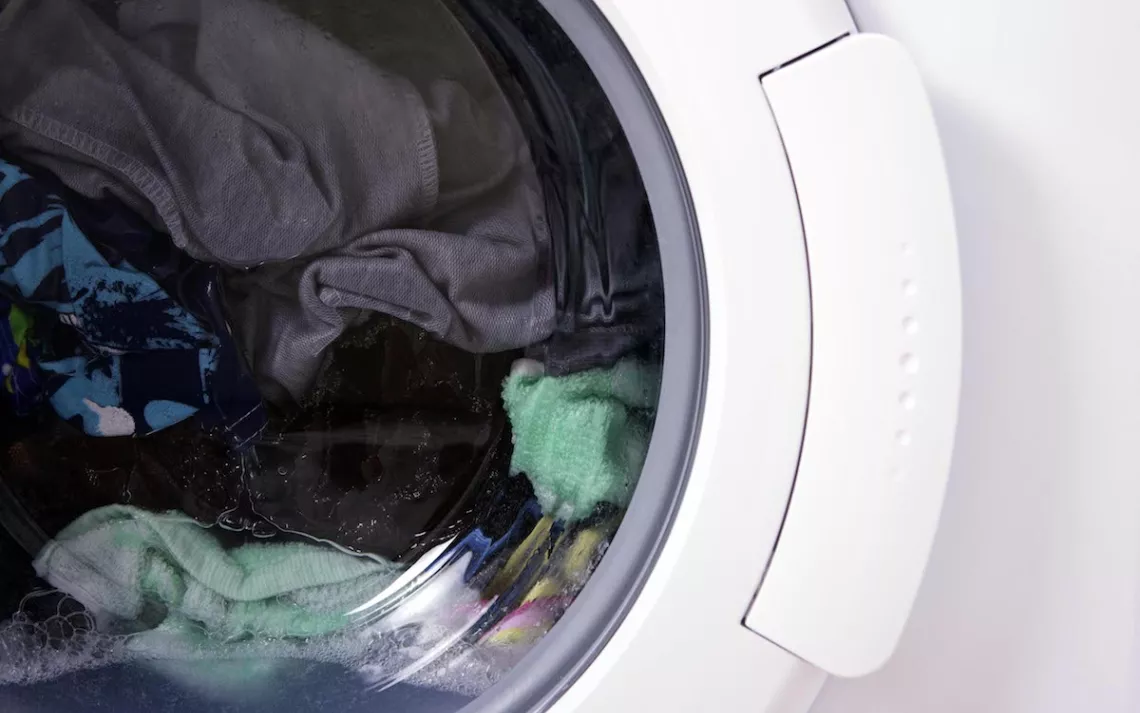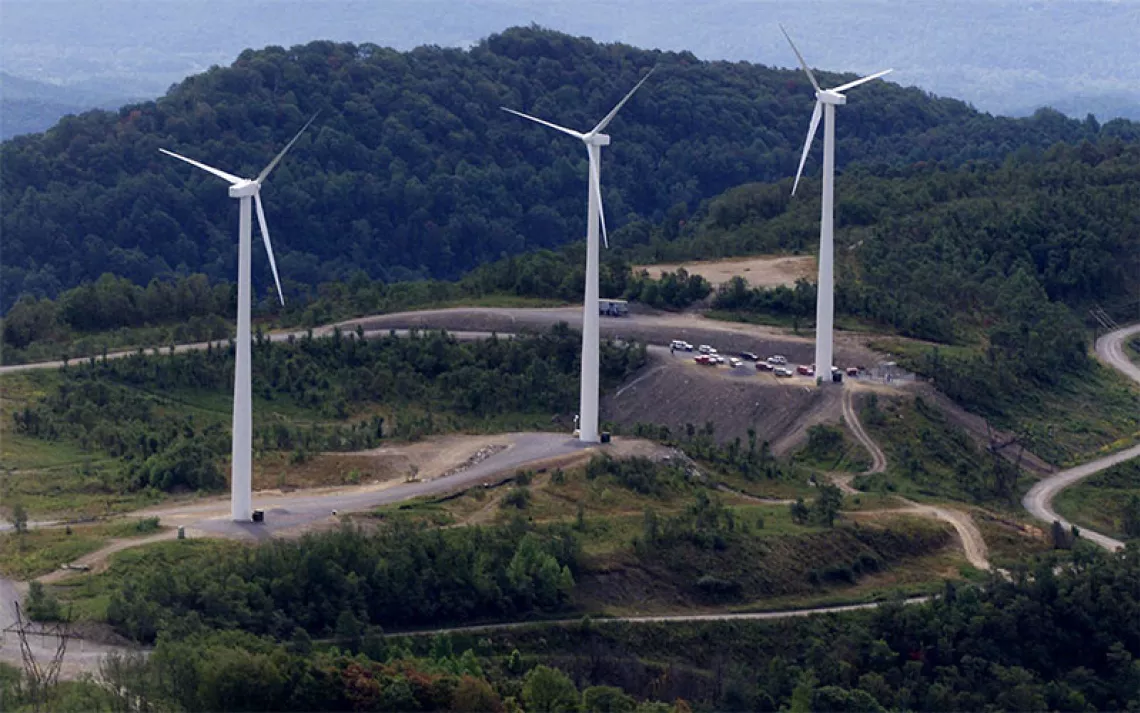What's More Efficient, a Front-Loading Washer or a Top-Loader?
Front-loaders may take longer to do the job, but for good reason

Photo by 101dalmatians/iStock
Hey Mr. Green,
We just purchased a front-loading washing machine. I get that it saves water, but it takes at least twice as long to wash my clothes, thus using more electricity than my old top-loader. Overall, is it truly saving resources?
—Karen in Huntingdon, Pennsylvania
Your new machine may take longer to do the job, but that’s because it is laboring more efficiently than your old washer. The new models use 25 percent less energy than a typical 10-year-old machine, which consumes at least 30 percent more water, or around 2,000 gallons more a year for an average family. A top-loading washer can consume almost 50 percent more energy and more than twice as much water as a front-loading washer of the same capacity.
Back in the 1990s, a washer required a whopping 40 gallons of water for one laundry load. New washers that meet the 2018 standards use less than half that amount; Consumer Reports has found that the most efficient washers need less than 10 gallons a load. Replace the antique machines with efficient, Energy Star models, says the EPA, and we’d save around $4.7 billion each year in energy and water.
Also, keep in mind that most loads can be safely done in cold water, which obviously saves energy. Only where there is concern about germs, as with diapers, or with whites or very dirty clothes, is hot water at 130°F or more, required.
 The Magazine of The Sierra Club
The Magazine of The Sierra Club







